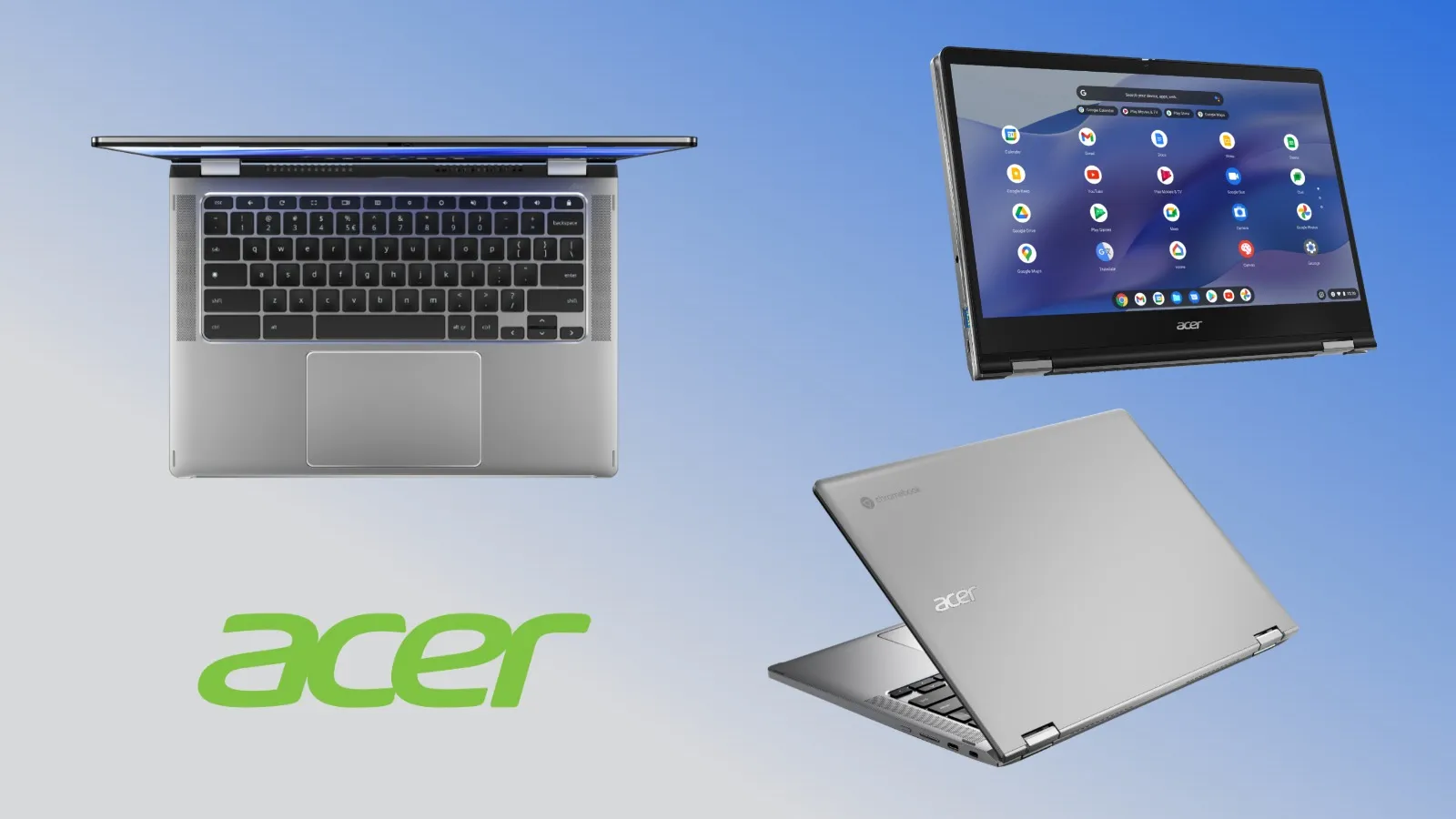The Xiaomi NoteBook Pro 120G is the company's decoration productivity laptop. It features an aluminium body, a high-resolution 120Hz display, the rearmost 12th Gen Intel i5 processor, and Thunderbolt connectivity. The 120G model that we're testing moment also includes devoted Nvidia plates.
Launched Before this month in India, the NoteBook Pro 120G is Xiaomi's most ultra-expensive tablet in the request yet. With the company presto gaining traction as an estimable computer manufacturer, this is a good time to start bringing out more ultra-expensive products and the 120G is exactly that. It positions itself right in the middle of the thin and light productivity laptops and the thicker, heavier gaming laptops that colonize this member while trying to offer a bit of both. Let's see how it performs.
Design
The Xiaomi NoteBook Pro 120G has a seductive, minimum design that's explosively told by the fourth- generation MacBook Pro models. It uses aluminium construction for the lid, keyboard sundeck, and back panel and comes in a single dark slate colour.
The Xiaomi NoteBook Pro 120G is an incredibly well-erected and finely crafted piece of tackle. Everything from the forcefully damped movement of the hinge to the texture of the anodized aluminium feels extremely ultra-expensive. The keyboard sundeck is sturdy and shows no flex. The entire machine feels like a solid arbour of the essence.
The lid requires some trouble to lift but moves fluently latterly and stays in place wherever you leave it. The display opens wide enough although not relatively 180 degrees like some other laptops. The exhaust reflections for the cooling system are placed coming to the hinge.

Outside, the matte display has a matte black plastic bezel girding it. The bezel is fairly thin and the matte texture doesn't show any smirches or fingerprints. You will, still, routinely cover the webcam with your thumb while opening the lid since it's right at the edge and has no cover. However, you should make it a point to clean it beforehand, If you plan on using it.
The reverse of the tablet has an aluminium cover with tulle in the centre for the cooling input and two nettings below for the down-blasting speakers. The lid is held in place by eight screws but requires a plastic spudger to open without scratching the essence.
On the contrary side, you may have noticed that Xiaomi now puts its totem on the lid, as the company's early scrapbooks were packed without any ensigns. The Xiaomi wordmark is subtle and uses the company's new fountain.

As for other ensigns, there's a single Intel sticker on the keyboard sundeck in the nethermost right corner. The rest of the stickers, including one for Nvidia and Microsoft Office, are placed on the bottom where they're generally out of sight.
The laptop weighs1.4 kg, which is par for the course for this size class. It's not really featherlight but is impeccably manageable and light enough to carry around all day.
Display
The Xiaomi NoteBook Pro 120G has a 14- inch, 2560x1600 resolution matte IPS TV with over to 120Hz refresh rate. Xiaomi claims 100 content of the sRGB colour space and dE<1.5 for colour delicacy.
The display has emotional colour performance out of the box, with accurate gamma shadowing and an average measured dE2000 of1.01, with only one colour exceeding the humanly distinguishable trip threshold of dE< 3 out of 48 colour patches measured. The display measured 99 sRGB content, 77 Adobe RGB content, and 77 DCI- P3 content.
Peak brilliance was measured at an anaemic 255 nits with an average discrepancy rate of just over 11001. There's no original dimming and the display has standard edge lighting. Viewing angles are good and the matte finish disperses a lot of reflections at the cost of some discrepancy and colour performance. out-of-door visibility under strong lighting is medium.
The overall colour performance out of the box is veritably good, making the display ideal for everyday content consumption and some light colour-sensitive work. For further serious colour work, you'll need to do a tackle estimation. still, the lack of proper wide colour content and 10- bit, fairly stingy peak brilliance and discrepancy rate means you're better off considering an external examiner for colour-sensitive work.
The laptop doesn't support PQ HDR, so HDR can not be enabled in Windows and supported apps and games. still, Windows does include a fresh streaming HDR option, which can enable support for HDR content in compatible apps. Netflix, for illustration, will serve HDR content when this option is enabled. still, the panel is ill-equipped to display HDR content so it frequently ends up looking worse than SDR.

The display has a crummy stir performance. The 120Hz peak refresh rate provides significantly bettered stir smoothness and operations that support it feel much more responsive. still, the display has poor response times, which is fairly typical of IPSnon-gaming laptop displays due to a lack of pixel overdrive. This results in long stir trails before presto-moving objects as the pixels are too slow to transition within the8.33 ms refresh window.
The Xiaomi NoteBook Pro 120G is only handy in one size The 14- inch panel has good pixel viscosity thanks to the fairly high resolution. still, it feels confined at the dereliction 200 scaling and anything lower is too small and hard on the eyes. Windows operation scaling is also all over the place, but that is a discussion for another day.








Comments
Post a Comment